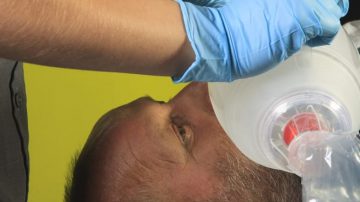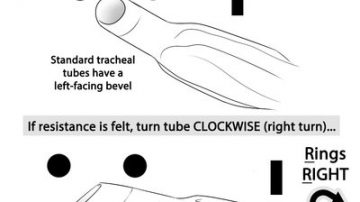More Articles – Emergency Procedures, Featured, Medical General, medical procedures, Respiratory diseases
We are in the midst of an aggressive influenza season right now that should continue into March, so it is nice to review the testing accuracy of standard influenza point-of-care tests that are commonly used. There are many Rapid Influenza Diagnostic…
Read More












